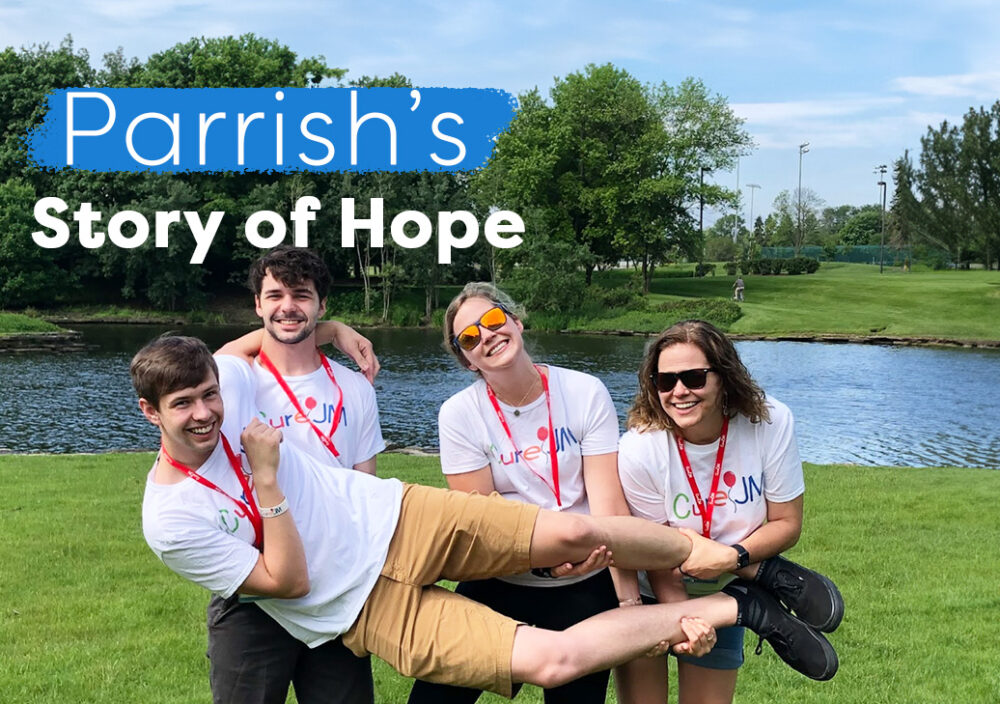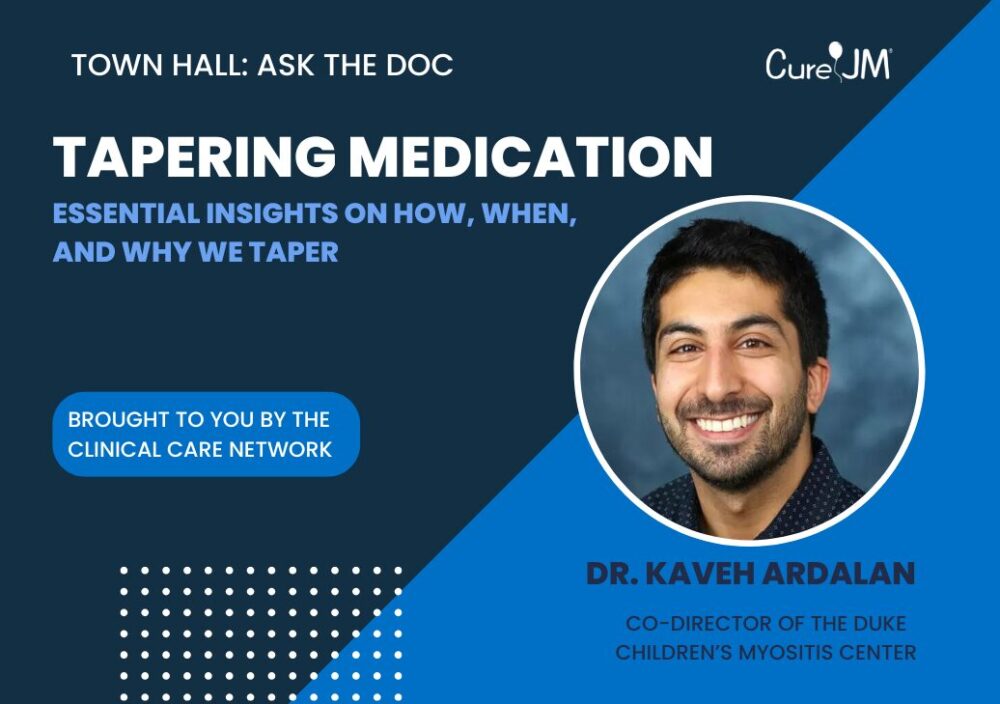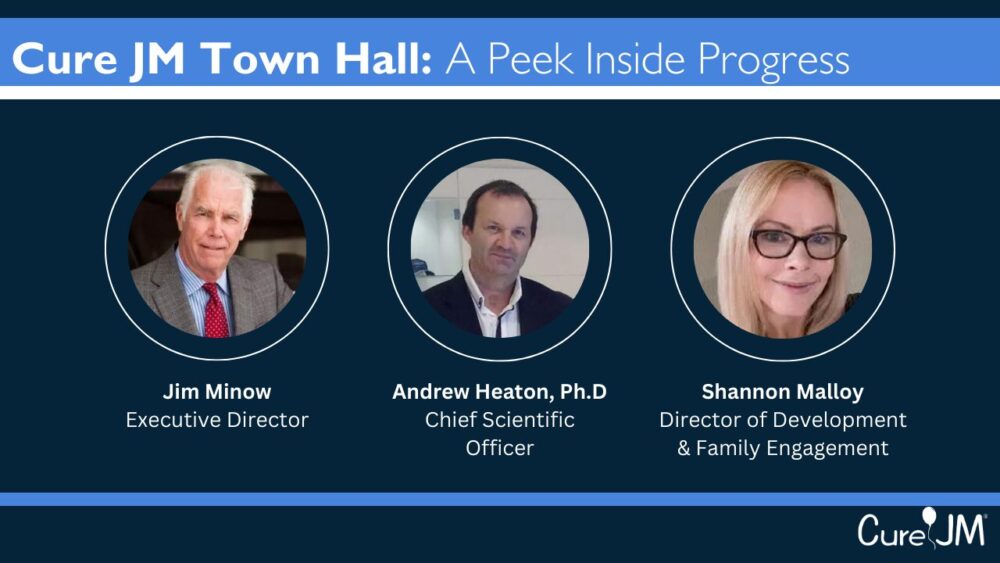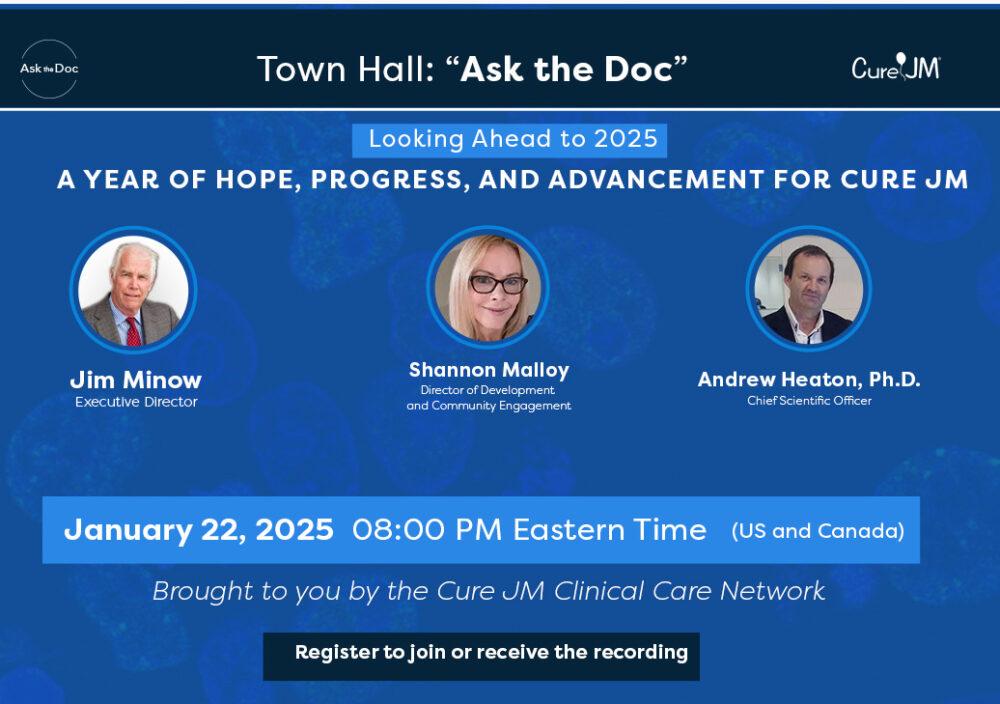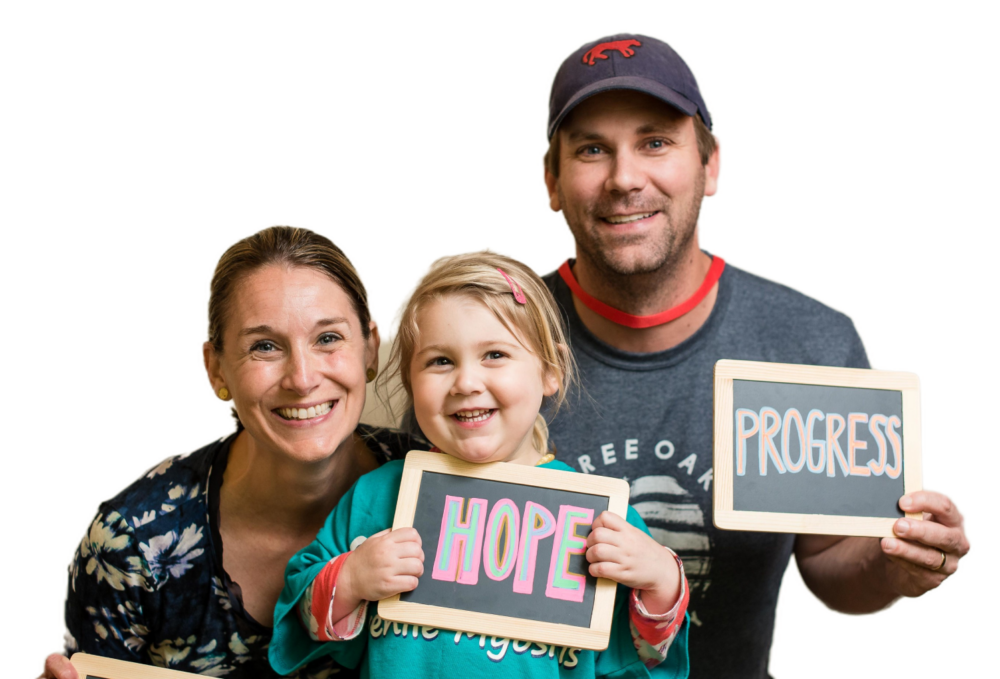Parrish loved basketball. He played it competitively. But when he was 14 years old, his love for basketball was tested. Not by competition or hard work, but by his health. While warming up for a game, pain and tightness in his chest alerted him something serious was wrong. The tips of his fingers were red and damaged. The rest of that night, he could not lessen the pain. He told his mother, Stephanie, that they needed to find out why.
She took him to the pediatrician, who, after multiple visits, said Parrish was totally fine. But when that pediatrician ordered blood work to assure them nothing was going on, the results told another story. The pediatrician’s office called Stephanie. The next thing he knew, Parrish was pulled out of class and in the car to the hospital. His mom was told to take him in immediately.
In the following days, Parrish would be tested for disease after disease. All negative. The doctors were stumped. They could only think to send him to a dermatologist. Upon seeing him, the dermatologist immediately ordered a biopsy. Sure enough, Stephanie got another call with difficult news. No diagnosis yet, but confirmation that Parrish was incredibly sick. She had already known he was not healthy; his symptoms and muscle weakness kept him from daily life. But finally medical professionals were grasping the depth of his illness too. Parrish was sent back to the hospital, this time to the cardiology department. Then the pulmonology department. Hours and a few tests later, the diagnosis was confirmed: juvenile dermatomyositis.
Then came treatment. Parrish was started on oral prednisone, folic acid, methotrexate, and IVIG. That’s when things started to feel real—and nauseating. But that’s also when the support of those around him felt stronger than ever. Parrish’s extended family brought him food and treats. His friend Benny spent hours a day on the phone with him. After the methotrexate injections became impossible (he’d been spending every following morning trying not to vomit), he recruited his mom to give the shot in his sleep to mitigate the nausea. She, too, was always ready to help her son.
Still, things continued to be difficult. Parrish had allergic reactions to his IVIG infusions. Academics became a constant game of catch-up. People at school didn’t treat him well. He kept his diagnosis private, only confiding in a couple of people. Benny was as loyal as ever, doing everything he could to support Parrish during the day.
A year passed. Parrish’s weight and strength started to return. He even convinced his doctors to let him play basketball again. The hope of returning to his healthy self wasn’t straightforward, however. Not long after returning to the court, Parrish broke his ankle—badly. After months in a wheelchair and relearning how to walk, his drive to get back to basketball was even stronger. He was diligently training, beating projected PT targets, and lobbying with his doctors to clear him once again. Under strict conditions, they finally did. Parrish understood the risks. By junior year of high school, he was back on the court. It was now 2017.
But the JM was still in his body. He went on a strict diet—only meat, veggies, and fruit. It wasn’t until 2019 that Parrish stopped his last medication. Over four years since his diagnosis, he’d reached remission. Every step of the way, he was never alone. His family gave him hope. Even on the grander scale, Parrish found a home in Cure JM. His doctor was involved with the foundation and connected him to the patients, parents, and professionals dedicated to curing JM. He and his family have since participated in Cure JM support groups, conferences, and events. Parrish has even been a keynote speaker multiple times.
While those around him were the brightest sources of hope, Parrish had to find strength within too. His drive to be healthy kept him going. Drive is important. It’s desire paired with grit. He didn’t just wish to get better, but he actively participated in realizing that wish throughout his journey. Given the opportunity to pass along advice to patients new to JM, his encouragement is simple: get involved with Cure JM. It was important for him to find friends who shared his struggle. Knowledge of that community’s support alone can give hope.
Parrish has made it to OT. Not occupational therapy, but over time. He made it past his head-to-head with JM. But basketball is a team sport. Naturally, his passing skills translated to his health journey. He reached out and interacted with both his family and the JM community. Parrish understands well that just like in basketball, in JM, there’s more than just one player on a team.



